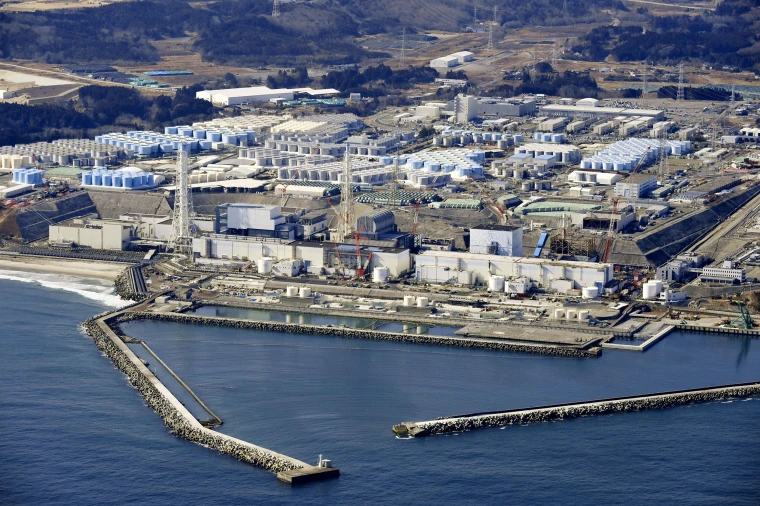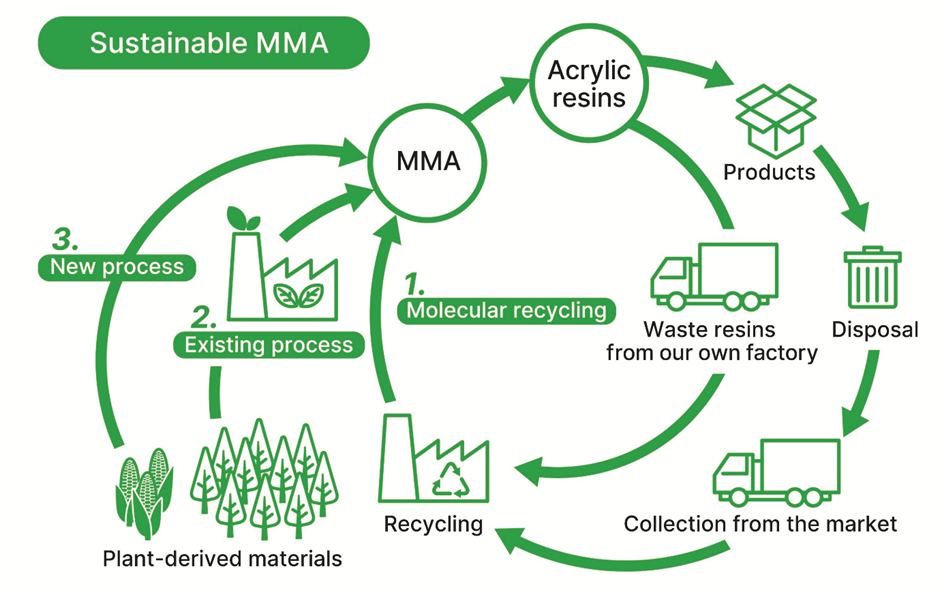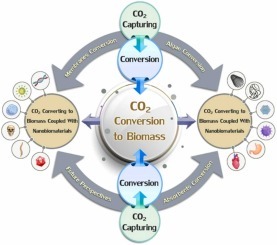Fukushima Nuclear Plant: Japan’s newest hope for getting better video of one of the reactors within the tsunami-hit Fukushima nuclear power plant—where hundreds of tons of damaged fuel remain some 13 years after the disaster—is a drone that is about the size of a piece of bread.
On March 11, 2011, a strong earthquake and ensuing tsunami severely damaged Japan’s Fukushima Daiichi Nuclear Power Plant, sparking the Fukushima nuclear crisis. Over 100,000 people had to be evacuated as a consequence of the accident, which caused massive radioactive material leakage into the environment and extensive pollution.
Since then, the Japanese government and the plant’s operator, Tokyo Electric Power Company (TEPCO), have been working to manage the aftermath of the disaster. This includes decommissioning the damaged reactors, managing radioactive waste, and monitoring the impact of radiation on the environment and local communities.
The cleanup and decommissioning process is expected to take decades and poses significant challenges due to the high levels of radiation present in the plant. The development of new technologies, such as the miniature drone, is crucial in aiding the cleanup efforts and minimizing the risks to workers and the environment.
The Fukushima disaster has had far-reaching impacts on Japan, including a reassessment of the country’s energy policy and increased public awareness of the risks associated with nuclear power. The disaster has also led to increased international cooperation on nuclear safety and disaster preparedness.
Deployment of Miniature Drones

After years of planning and development, TEPCO has recently announced plans to deploy miniature drones inside the damaged Fukushima nuclear plant. These drones are designed to be small and agile, measuring approximately the size of a slice of bread, allowing them to navigate the narrow and potentially hazardous spaces within the plant.
The drones are equipped with radiation-resistant technology, including special sensors and cameras, which will enable them to collect data and images from within the plant. This information will be invaluable in assessing the current state of the reactors and identifying areas that may require additional cleanup or stabilization.
The deployment of these miniature drones represents a significant step forward in the ongoing cleanup efforts at Fukushima. By providing a safer and more effective means of gathering data from within the plant, the drones will help to ensure that the decommissioning process is as efficient and safe as possible..
The use of drones in the Fukushima cleanup efforts highlights the important role that technology can play in addressing complex environmental challenges, and will likely inspire similar solutions for other large-scale cleanup efforts around the world.
Purpose of the Drone

The primary purpose of these miniature drones is to gather detailed information about the interior of the damaged Fukushima nuclear plant, providing TEPCO with a more accurate understanding of the current conditions inside the reactors. The development of successful plans for the current cleaning and decommissioning operations will need this knowledge.
In particular, the drones will be used to assess the structural integrity of the reactors, identify any remaining fuel rods or radioactive materials, and assess the level of contamination within the plant. This data will be essential in determining how to safely remove debris, manage waste, and decontaminate the affected areas.
In addition to gathering data, the drones may also be used to perform tasks such as inspecting equipment, retrieving samples, and even cleaning up radioactive waste. These functions will help to reduce the need for human workers to enter the most hazardous areas of the plant, minimizing the risks to health and safety.
Fukushima Nuclear Plant Radiation Concerns

Given the high levels of radiation present within the Fukushima nuclear plant, one of the primary concerns with the deployment of these miniature drones is their ability to withstand exposure to radiation without malfunctioning or causing further contamination.
To address these concerns, TEPCO and the drone developers have invested significant resources in creating drones that are highly resistant to radiation. The drones are made from materials that are less susceptible to radiation damage, and are equipped with special shielding to protect sensitive electronics and sensors.
There are still dangers involved with subjecting the drones to high radiation levels in spite of these precautions. While the drones may be able to operate for a certain period of time before reaching their limits, there is a risk that prolonged exposure to radiation could cause damage to their components or interfere with their ability to transmit data.
To mitigate these risks, TEPCO has developed a strategy for deploying the drones in stages, beginning with less contaminated areas and gradually moving into more hazardous zones. This approach will allow the drones to gather valuable data while minimizing the risks to the drones themselves.
In case you missed it.
Please read our previous article here: James Webb Space Telescope Pin Badge: Ultimate Symbol of Astronomical Achievement 2024
Conclusion
The deployment of miniature drones in the Fukushima cleanup efforts is expected to have a significant impact on the overall success of the decommissioning process.
Firstly, the drones will provide TEPCO with more accurate and detailed information about the conditions inside the damaged reactors, allowing for more informed decision-making and strategic planning. This may result in quicker and more effective cleaning operations, cutting down on the total time and expense of the decommissioning procedure.
Secondly, the use of drones will reduce the need for human workers to enter the most hazardous areas of the plant, minimizing the risks to health and safety. This will not only protect workers, but will also reduce the financial and logistical challenges associated with managing a large workforce in a hazardous environment.
Finally, the use of drones in Fukushima could have broader implications for other large-scale cleanup efforts around the world, inspiring similar solutions for complex environmental problems. The successful deployment of drones in Fukushima may pave the way for the use of similar technologies in other settings, such as disaster response or industrial cleanup efforts.
Overall, the potential impact of these drones on the Fukushima cleanup efforts is significant, and will likely have a lasting influence on the way that we approach large-scale environmental remediation in the future.











